In private and country houses, in the absence of centralized water supply, the well often becomes the main source of water. The liquid coming from the depths is contaminated with various impurities, which can affect human health and the operation of household appliances. The question of how to purify water from a well from iron and lime can be solved in different ways, incl. using homemade filters.
Why are impurities dangerous?
Poor quality water can affect human health. It disrupts the water-salt balance, can provoke the formation of stones in the kidneys, urinary and gall bladder. Infectious infections are often found. Kidney and liver problems may occur. Impurities have a serious effect on the performance of household appliances. Accelerated corrosion, the formation of scale and various sludge leads to malfunctioning of water heaters, stylish cars, kettles, plumbing equipment.
Lime and iron harm
One of the most common problems is the presence of lime, i.e. calcium and magnesium salts. Its maximum allowable content is 7 mg-eq / l. This impurity is called hardness salt for a reason. It significantly affects the hardness and causes the formation of scale on the heating elements and in the kettle, and the salt sediment clogs the channels of the devices and the lumen of the pipes. The constant consumption of water with a high content of lime can cause urolithiasis and the formation of stones in the bile ducts. The optimal concentration of such salts is not more than 3 mg-eq / l.
Iron is the most abundant element in well water. Its maximum permissible content is estimated at 0.3 mg-eq / l. It is mainly available in bivalent form. When the norm is exceeded, oxygen in the air oxidizes iron and water can acquire a brownish tint. The taste of the liquid deteriorates. Rusty streaks form when washing dishes. Deposits appear on household appliances, reducing the service life. This impurity causes the reproduction of iron bacteria. Water with a high iron content has a significant effect on the condition of the human skin and is able to affect the morphological blood composition. It contributes to the development of allergies.
Cleaning methods
The risk of these consequences causes the need to clean well water from lime and iron. There are several ways to do this, which are based on mechanical, physical and chemical principles of action.
Upholding
The advantages of the method:
- simplicity;
- low costs;
- the ability to use in case of a power outage;
- simultaneous removal of hydrogen sulfide and mechanical impurities.
Minuses:
- the need for constant monitoring of the water level in the tank;
- insufficient degree of purification;
- the need for frequent cleaning of the tank from sediments.
Aeration
The advantages of the method:
- high environmental friendliness;
- oxygenation, which improves taste;
- the ability to clean large volumes;
- low costs;
- the ability to automate the process.
Minuses:
- can be used with an iron content not exceeding 10 mg / l;
- the need for frequent mechanical cleaning of the container.
Ion exchange technology
Benefits:
- high efficiency;
- softening water;
- the possibility of use with an iron content of up to 30 mg / l;
- the versatility of the method.
Minus - the need for special filters, the need for periodic replacement, the possibility of bacteria growth in the filter cake.
Catalytic oxidation
Effective cleaning is provided by catalytic oxidation. The method combines the principle of aeration and filtration. Air is supplied to the water stream to ensure the aeration process. Then it passes through a special filter containing Birm-type catalysts, based on dolomite or glauconite, and zeolite. The choice of filter is made taking into account the chemical composition of the water. The most popular are: Sorbent MSK, Sorbent MS, MFO-47, Superferox, MZhF.
Benefits:
- high cleaning efficiency;
- versatility of the technique;
- the ability to cope with significant pollution.
Minuses:
- increased costs;
- the need for periodic regeneration and replacement of filters.
Reverse osmosis
Advantage: complete water purification from all types of salts. Cons: increased cost, obtaining "dead water", which is desirable to artificially mineralize before drinking.
How to make a filter for cleaning
At home, you can make a simple but quite effective do-it-yourself filter for water purification. It can be made from a 1.5 liter plastic bottle. Charcoal can be used as a sorbent. It must be crushed (particles no more than 4-5 mm), boiled for 4-6 minutes, and after cooling, pour into a bottle (1/3 of the volume). A hole is made in the cork for water supply. A mechanical filter made of a tissue flap is placed in the neck. A hole is made at the bottom for water to exit. This is where the grid should be installed. Such a simple filter makes it possible to obtain drinking water of a sufficiently high quality.
Well water is contaminated with various impurities. In order to protect yourself and household appliances, you must clear the liquid before use. It is best to use ready-made units that provide fine, efficient cleaning. You can also purify water with homemade systems or filters. It is important to remember that well water treatment is essential.

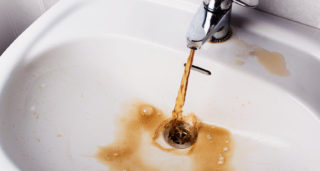
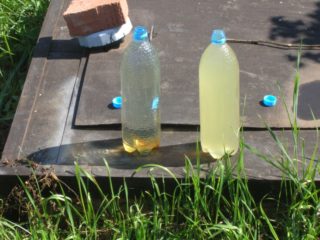
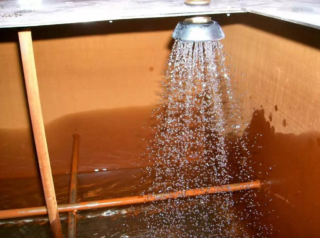
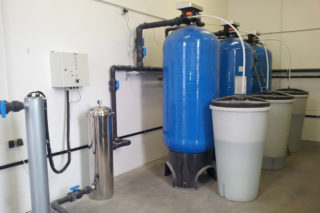
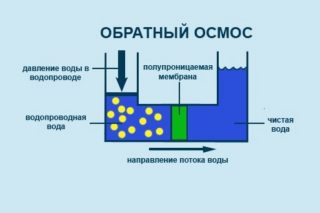
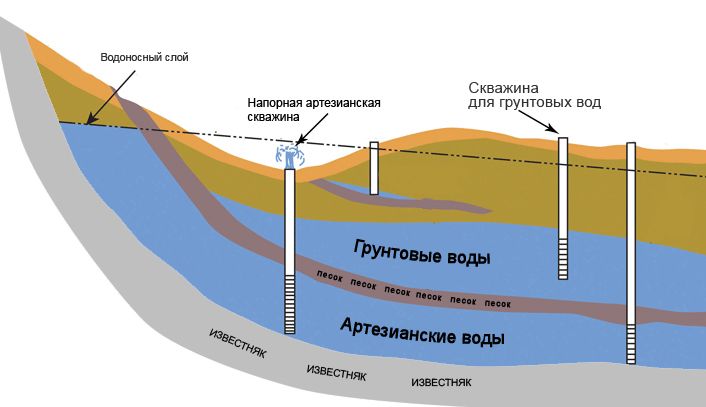

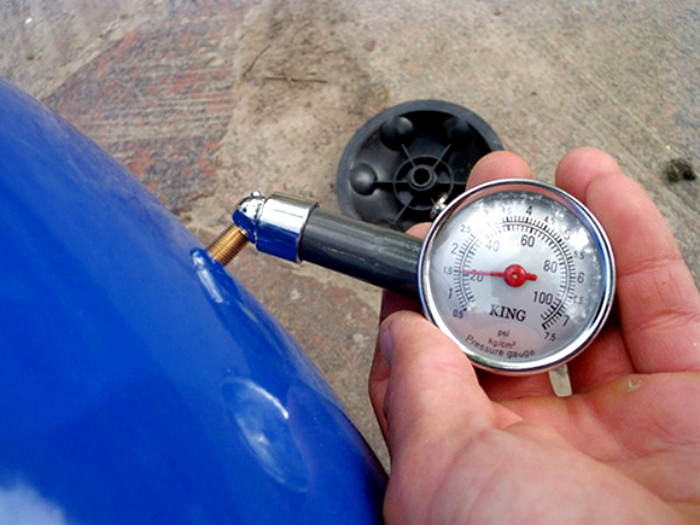
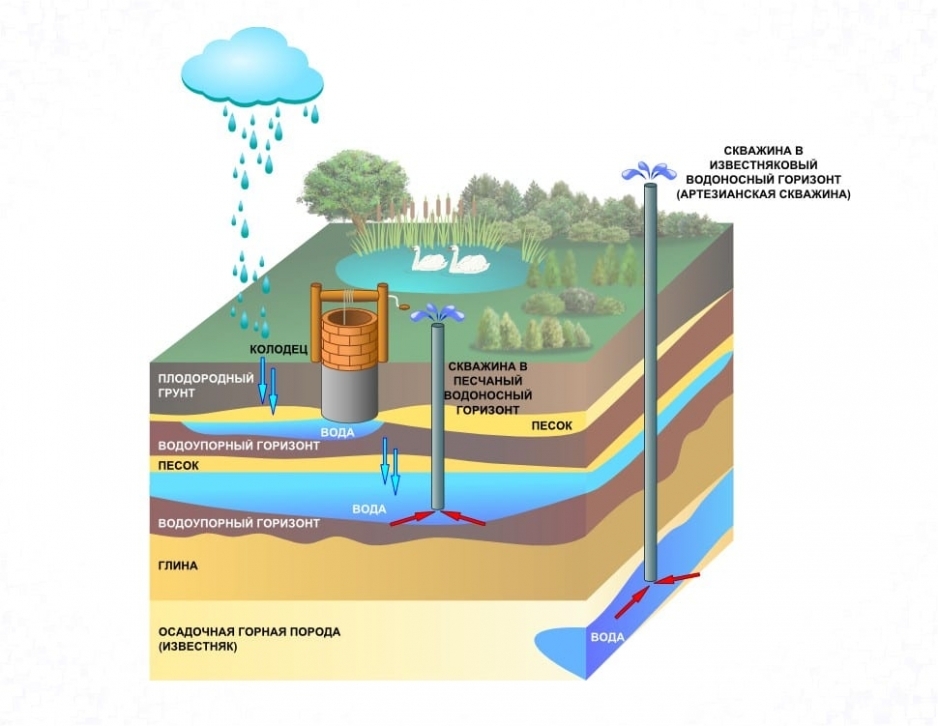
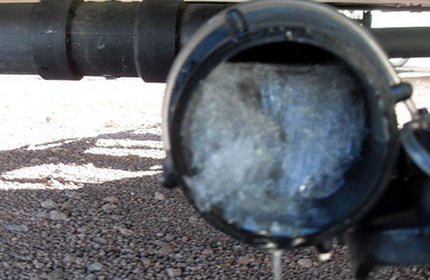
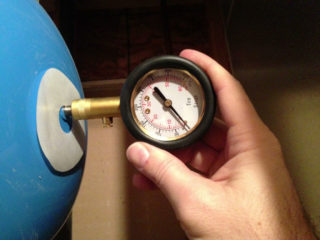
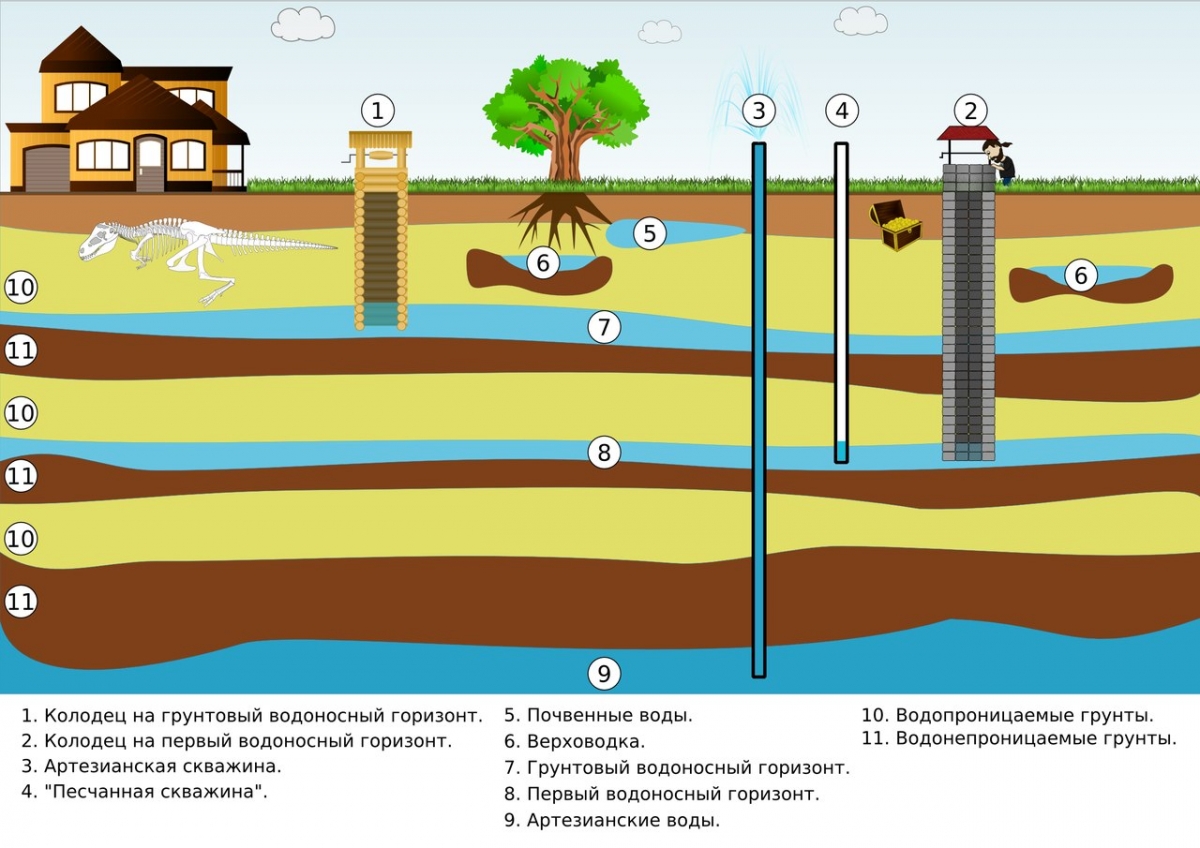
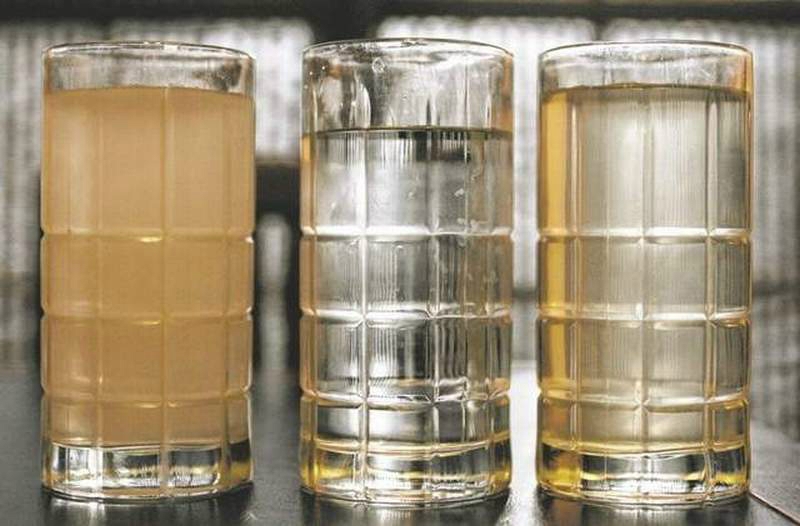
We have city water supply in Goryachy Klyuch, 1 cubic meter costs almost 50 rubles, and does Pepsi Cola flow from the tap? , you will be tortured to change filters, we buy water all together!
As the liquid outflows, the volume is constantly replenished - and all the sediment is safely mixed with water